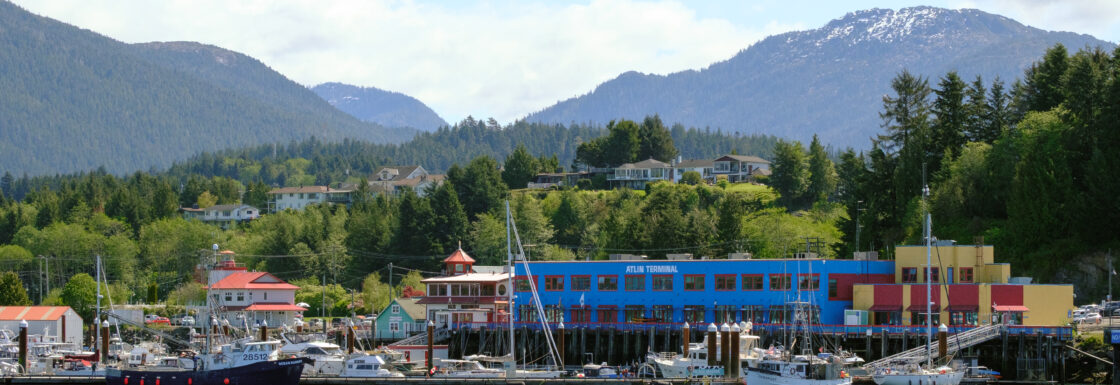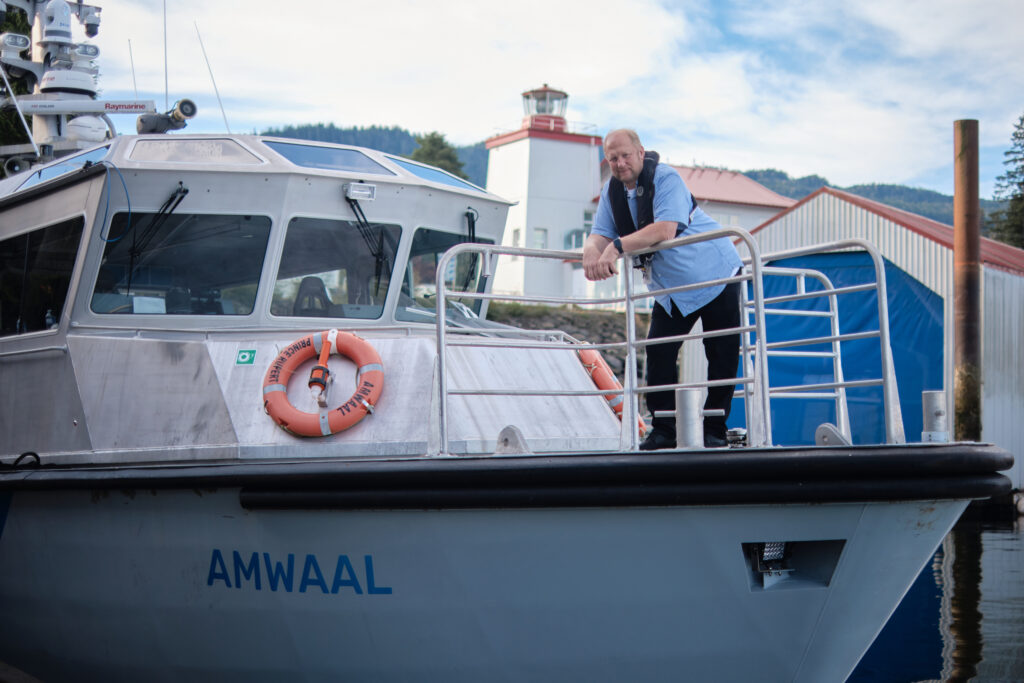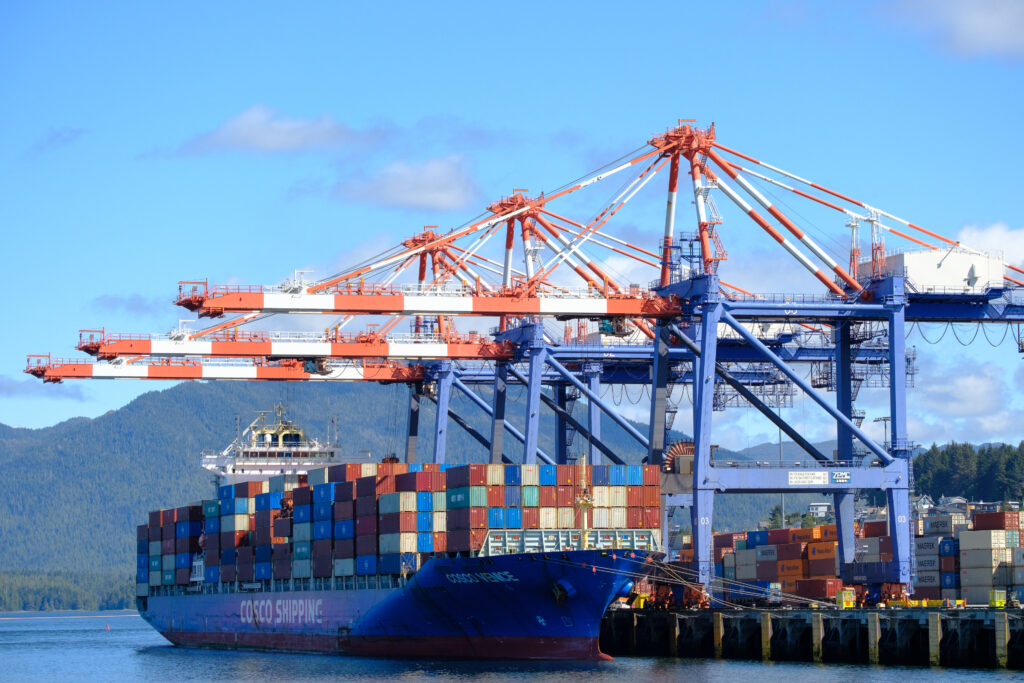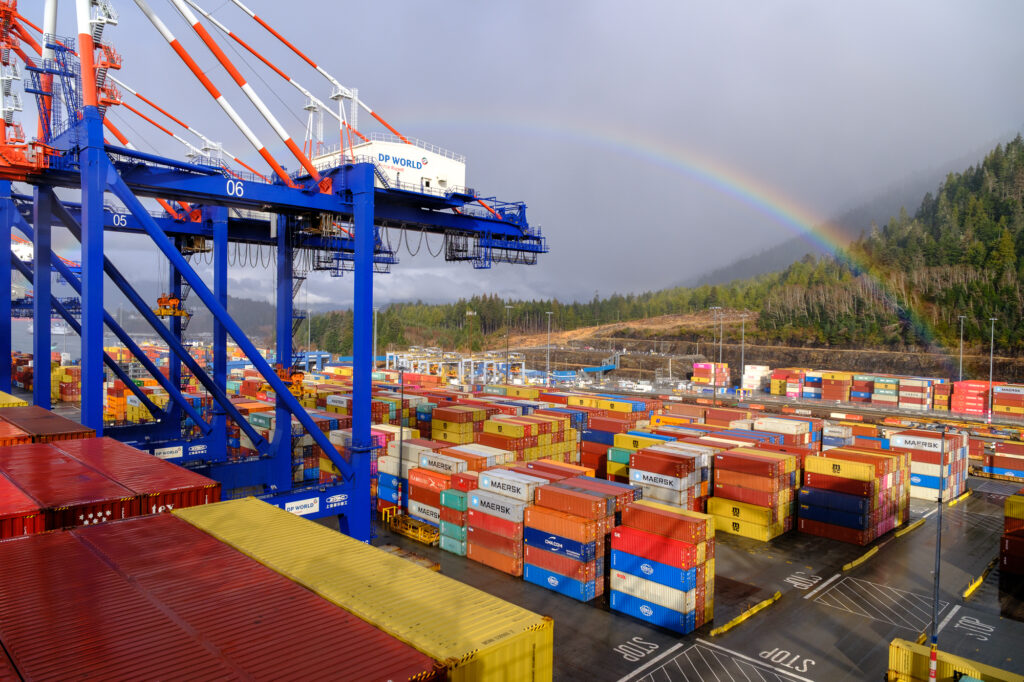At the Helm: Leading Sustainability Through Collective Action

The Port of Prince Rupert is leading sustainability through collaboration, data sharing, and systems thinking. From renewable diesel initiatives to inclusive stakeholder engagement, the Port demonstrates how collective action drives real environmental progress. Jason Scherr offers practical lessons for organizations seeking to build trust, align interests, and turn shared purpose into measurable impact.
At the Helm: Leading Sustainability Through Collective Action
In an era of environmental urgency and social responsibility, sustainability is a core leadership imperative. It requires more than compliance or isolated green efforts — it demands long-term vision, systemic thinking, and collaboration with diverse stakeholders. Too often, efforts remain fragmented with disconnected initiatives, siloed communication, and limited coordination.
Recognizing that complex issues like climate change and social equity require collective action, the challenge we had the Port of Prince Rupert was to find opportunities to foster meaningful dialogue, engagement, and collaboration both with and between diverse partners and stakeholders to build relationships, trust and a shared commitment to a more sustainable future.
Charting a New Course to Data Collection and Information Sharing
The Port of Prince Rupert is uniquely positioned. Being closer to Asia than any other North American port, it a natural gateway for expanding Canadian trade. With current operations moving over 20 million tonnes of cargo annually and with $3 billion in current active development, growing the Port requires a balanced approach that simultaneously supports trade expansion while reducing impacts on people and the environment.
Balancing ongoing operations and new development of the Port requires new perspectives and a new path forward. The long-term data collection and monitoring programs we are establishing are only possible with our systematic and coordinated approach. Our unified environmental strategy ensures more comprehensive monitoring, better resource use and shared costs, all of which contribute to the organization’s sustainability efforts. The inclusion of academics, researchers and government agencies also ensure accurate and credible data.

Engagement and Relationships as an Opportunity
When programs operate in isolation, there is often a lack of coordination, data sharing and strategic alignment leading to duplication of effort, inefficiencies, and gaps data needed to understand environmental impacts. A fragmented approach to sustainability, monitoring programs and initiatives creates significant challenges for effective environmental management. Without a unified framework, decision-making becomes reactive rather than proactive, undermining the ability to set meaningful targets or respond to environmental issues.
Getting multiple parties to the table can be challenging. At the heart of sustainability leadership is partner and stakeholder engagement. It is more than outreach. It is a commitment to listening, learning, aligning interests and values and co-creating solutions to address sustainability challenges. Differing opinions and points of view have led to challenges to finding common ground. Each party brings unique perspectives and priorities that, when meaningfully included, can strengthen the relevance and legitimacy of sustainability initiatives.
Established in 2014, the Port Environmental Stewardship Committee (PESC) at the Port of Prince Rupert serves as a collaborative forum that brings together key stakeholders to discuss and guide environmental issues and priorities in the port region. Comprising representatives from Indigenous communities, government agencies, industry tenants, environmental organizations, and the Port Authority, the committee aims to foster dialogue and find opportunities for collaboration on a wide range of environmental issues and sustainability initiatives.
Several advisory working groups were also established to focus dialogue on specific programs and initiatives. These groups have played an essential role in shaping environmental strategy by ensuring that diverse perspectives are heard and integrated into decision-making processes. The committee and working groups have supported initiatives including water quality, invasive species, marine mammals, shoreline mapping, climate change risk assessments and abandoned fishing gear cleanup. Such committees and advisory working groups could be models for others seeking to increase engagement, knowledge and data sharing and building relationships between partners and stakeholders.

Addressing the Challenge of a Low Carbon Future
The pursuit of achieving net-zero emissions presents significant challenges, particularly for complex, multi-user operations like ports. One of the greatest hurdles is the reliance on third-party operators, including shipping lines, terminal tenants, and transportation partners, whose emissions fall outside the port authority’s direct control. Coordinating action across these varied stakeholders requires strong collaboration, aligned incentives, and transparent reporting. Since 2010, port partners have been providing annual data that helped all parties understand emission sources. This collaborative approach continues to advance progress in initiatives such as expanding shore power technology, piloting low carbon electric and hydrogen trucks, as well as constructing a connector road to reduce driving distances and remove port related traffic off city streets.
The Port of Prince Rupert’s Renewable Diesel Initiative was an opportunity to find near term opportunities to reduce emissions to advance its net-zero goal. This initiative introduced renewable diesel as a low-carbon alternative for heavy-duty equipment, locomotives, terminal cargo handling equipment, drayage trucks, tugs and harbour vessels. Through an existing industry working group, the fuel supplier and fuel distributor found a coordinated and engaged group of port partners, coordinated by the Port Authority, with aligned interests to find solutions to reduce carbon. Within a few months, fuel was being delivered to thirteen port partners and, over the first six-month trial, displaced 1.2 million liters. The initiative demonstrated that this targeted fuel-switching could be successful and play a pivotal role in sustainable port operations. The success of the renewable diesel initiative was only made possible through strong collaboration among port partners and a coordinated, cross-sector approach that aligned operational needs with shared sustainability goals.
Participation, Collaboration, and Systems Thinking Shaping the Future of Sustainability
True sustainability leadership goes beyond credentials. It requires the ability to align vision with performance and recognize the interconnectedness of environmental, social, and economic systems. Open sharing of data can play a vital role in fostering trust and transparency, and an inclusive forum strengthens relationships among partners and stakeholders, reinforcing a commitment to collaborative environmental action. By cultivating a culture of openness, participation and dialogue, sustainability leaders can be empowered to transform engagement into meaningful action and drive lasting, system-wide change.
As the world faces increasingly complex and interconnected risks, sustainability leadership must evolve in response. Future leaders must be adaptable, systems-oriented thinkers who can navigate uncertainty while maintaining a clear vision for long-term environmental and social well-being.
At its core, sustainability leadership is not grounded in authority, but in purpose and responsibility. It requires the boldness to challenge conventional approaches, the openness to engage with diverse perspectives and a commitment to building and maintaining relationships. By fostering trust, promoting inclusive decision-making, and advancing innovation through collective efforts, sustainability leaders lay the foundation for lasting positive change.
True sustainability leadership is characterized by proactive engagement with partners and stakeholders to create collaboration across sectors. Leaders must navigate competing interests, build trust among diverse groups, and drive collective action to tackle problems. From reducing carbon emissions to promoting circular economy practices and addressing social challenges, sustainability leadership calls for vision, courage, and cooperation. Effective leaders, both individuals and companies, recognize that complex environmental and social challenges cannot be solved in isolation; they demand cooperative strategies, shared goals, and inclusive dialogue.
Lessons Learned: Tips for Advancing Sustainability Through Collective Action
- Engage Stakeholders as Partners, Not Just Participants: Prioritize listening, mutual learning, and co-creation. Diverse perspectives strengthen outcomes and increase legitimacy.
- Create Structures for Collaboration: Establish committees or working groups to provide consistent venues for dialogue, decision-making, and accountability across sectors and stakeholder groups.
- Leverage Existing Relationships and Align Interests: Find common ground among partners and use existing working groups to accelerate implementation (e.g., the Renewable Diesel Initiative’s success through an existing industry group).
- Invest in Relationship Building: Effective collaboration requires ongoing investment in relationships — trust and cooperation are not one-time achievements but continuous efforts.
- Use Data Transparency to Build Trust
Share environmental data openly among partners builds credibility, improves decision-making, and creates shared ownership of sustainability progress.
- Pilot Small, Then Scale
Begin with targeted initiatives to demonstrate value, build momentum, and scale successful programs collaboratively.

These lessons have proven critical in helping the Port of Prince Rupert—and its partners—turn shared purpose into measurable, sustainable outcomes. Others facing similar challenges can apply these strategies to transform engagement into collective impact.














